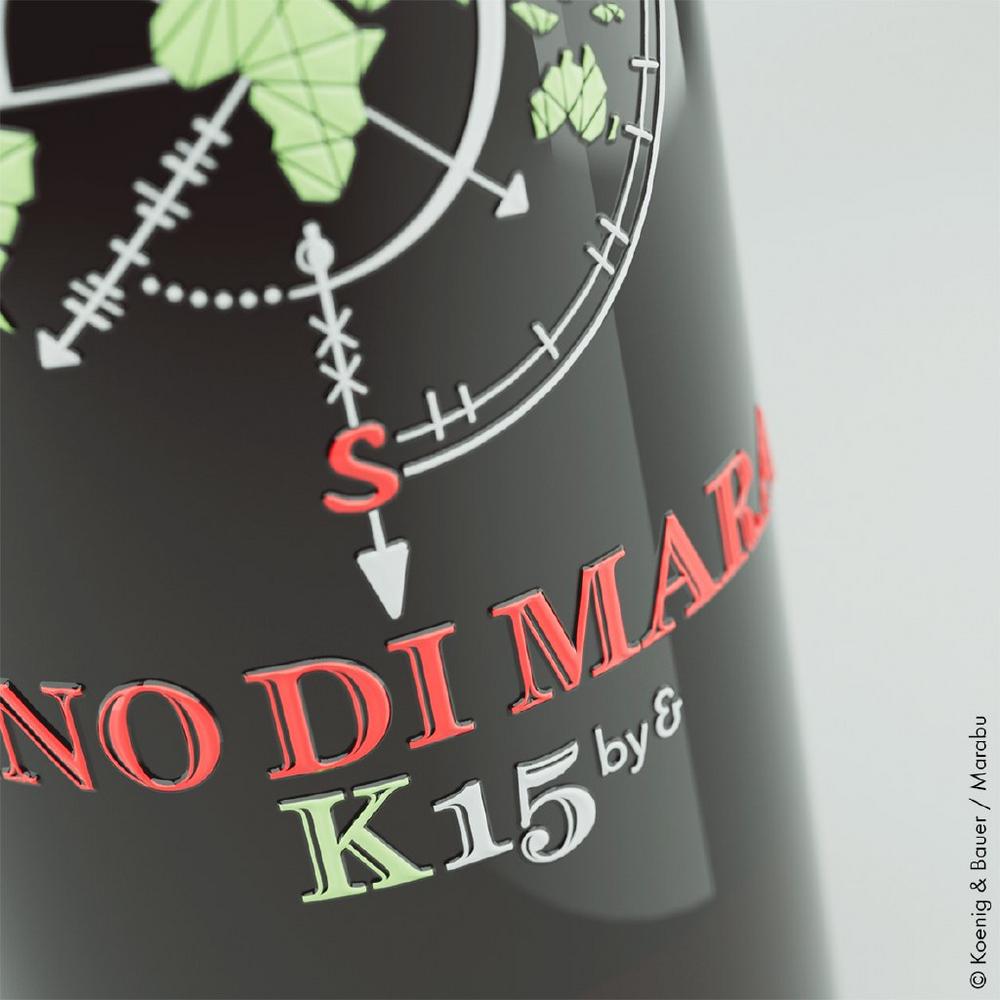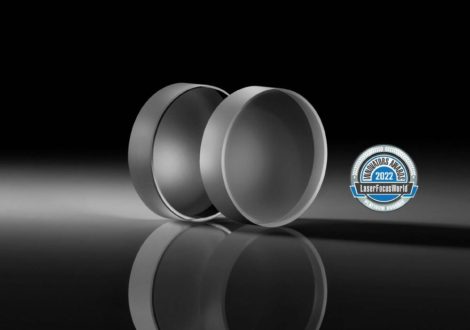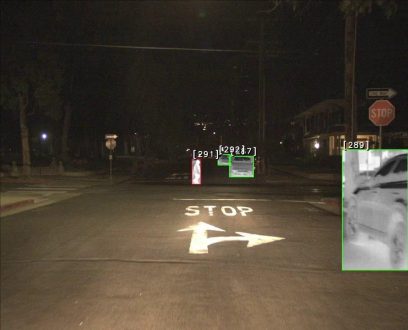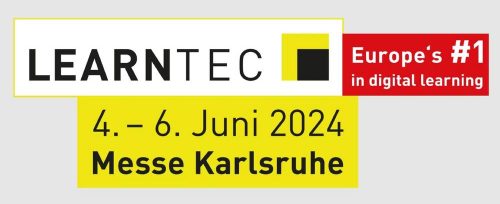
Marabu to present energy-saving printing inks with a small carbon footprint at glasstec 2022
Energy-efficient glass printing
Marabu specialises in organic UV-curable glass printing inks, which are an effective and energy-efficient alternative to ceramic glass printing inks. The potential energy savings can amount to 65 percent. Additional savings in energy and CO2 emissions are possible with the Ultra Glass LEDGL UV-LED-curable ink system. Unlike ordinary UV lamps, UV-LED lamps require no warm-up time. This permits high printing speeds and cost savings because there is no need to switch to standby mode during machine stoppages or job changes. UV-LED lamps are slightly more expensive but have a much longer service life and consume significant less energy for curing than UV lamps. The lamps contain no mercury, and ozone extraction, which is standard with UV curing, is unnecessary. These factors make UV-LED curing an economically interesting alternative. Sustainability is another advantage. Printed glass can be recycled after use.
Three-dimensional effects on glass bodies
Digital printing offers exceptional flexibility, enabling it to meet the growing demand for customised and personalised products. The new Mara® Shape DUV-HBV High Build Varnish opens up new design opportunities for digital decoration of glass bodies. Multi-layered glass reliefs can be excellently reproduced and the contours remain consistently sharp. The process is ideal for printing ultrafine haptic details, even on convex or concave geometries as well as higher and thicker graphic elements. With Ultra Jet DUV-C digital printing, visual (coloured) and haptic effects can be combined and enhanced. The varnish oxidises without any residue, which makes it recyclable.
An alternative is the UV-curable Ultra Glass UVGL ink system for highly effective screen printing on glass. UVGL-RH/-RL relief varnishes can achieve haptic effects that are otherwise possible only with costly moulds and profitable only when manufactured in very large quantities. Pre-printed motifs applied by screen printing on container glass or flat glass are overprinted congruently with a thick layer of varnish and cured under UV light. Combinations of the two varnishes can achieve a wide variety of effects.
When combined with the very popular hot foil embossing, UV screen printing achieves high-gloss metallic effects with a brilliance rivalling that of precious metals. Moreover, the production costs are much lower.
Broad range of applications on glass: screen printing, digital printing and pad printing
Marabu offers a broad range of inks and ink combinations for printing on glass: screen printing, digital printing and pad printing. Its comprehensive product portfolio includes the solvent-based screen printing ink Mara® Glass MGL and the pad printing ink Tampa® Glass TPGL. Solvent-based printing inks are ideal for multicolour glass decoration. Whether used for screen printing or pad printing, MGL and TPGL are both impressive for their brilliant, sharply defined colours on various substrates. The single-component baking ink Mara® Tech MGO for glass and metal can be used for screen printing or pad printing and is ideal for first- and second-surface applications on container glass and flat glass. Mara® Tech MGO features high chemical resistance, and thanks to its BPA-free formula it is an excellent solution for sensitive applications, especially on baby bottles and medical accessories.
For printing on glass front panels (glass touch) and operator control panels, Marabu offers the UV-curable Ultra Glass UVG3C ink system and two solvent-based screen printing inks: Mara® Glass MGL and Mara® Glass MGLA. Applications include automotive display cover glass and high-quality operator control panels on kitchen appliances and similar equipment. MGLA can also be used on outdoor surfaces such as jet skis and snowmobiles.
Ultra Jet DUV-C is made for direct digital printing on glass, for example custom decoration of drink bottles and cosmetic container in filling lines. It also has uses in advertising and interior design. An evenly applied primer as a bonding layer considerably enlarges its applications with UV-inkjet flat-bed printers. UV-PGL primer is applied by means of roller coating. Alternatively, a P5 primer can be wiped on manually or applied with a spray system. Mara® Shield liquid coatings can additionally be used as a primer and are excellent for finishing and protecting high-quality digital prints. UV-CGL opaque white can serve as a background on digitally printed surfaces.
Marabu is a leading global manufacturer of liquid coatings and screen, digital as well as pad printing inks with headquarters near Stuttgart, Germany. Marabu’s track record of innovation stretches back to 1859, featuring many industry-first solutions for both industrial applications and graphic design. With its 16 subsidiaries and exclusive distribution partners, Marabu offers high-quality products and customer-specific services in more than 90 countries. Exceptional technical support, hands-on customer training, and environmental protection are core elements of its corporate philosophy. Sustainable business practices are also key to Marabu’s vision. These have been implemented through a number of initiatives, with concrete results. Marabu will continue to pursue these activities with commitment in the future and is certified according to ISO 9001 and ISO 14001.
Marabu GmbH & Co. KG
Asperger Straße 4
71732 Tamm
Telefon: +49 (7141) 691-0
Telefax: +49 (7141) 691-147
http://www.marabu-druckfarben.de
Senior Marketing Manager
Telefon: +497141 691-160
E-Mail: rog@marabu.com
![]()




